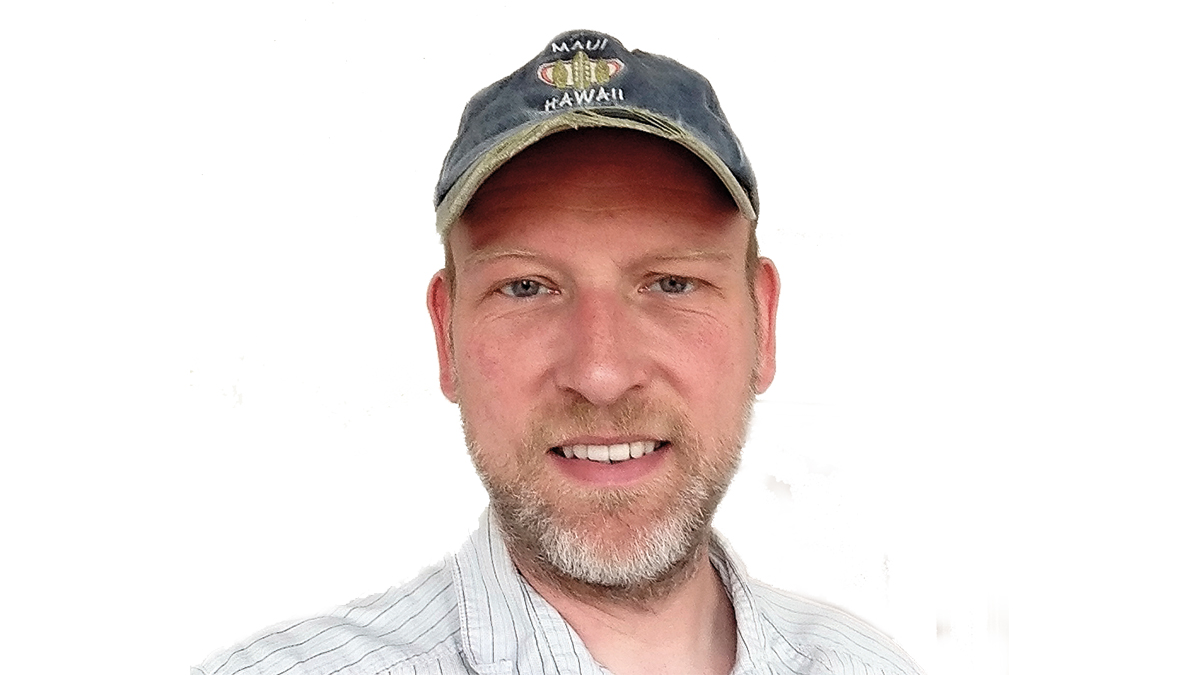Meet the programmers: 112dB
Get to the bottom of this esteemed developer's interesting delay-based synthesis method

With the release of their first ever soft synth, Cascade, 112dB claim to be introducing the world to a whole new form of synthesis, based on a huge and intricate delay network. We pinned down developer Klaus Voltmer and demanded answers…
Cascade's synthesis is based upon "a complex delay network that can densify a sound up to 5832 times." How exactly does it work?
"Cascade's complex delay network consists of four stages of eight delays each. The first stage densifies the sound eight times, and the next (8+8x8) 72 times, and so on until you reach 5832 times. After the last stage, the resulting impulse response is very close to a gaussian distribution, where an arbitrary input frequency has the least amount of cancellation or phasing effects.
"I always loved the warm and lively sound of the cascade densification algorithm that was originally implemented in the IRCAM Signal Processing Workstation at the University of Musik in Vienna.
"The delay times themselves originate from prime or fibonacci prime numbers that have been adapted to hearing. Any sound that is fed into this algorithm will leave its frequency footprint over time because
it's evenly distributed."
How can the user manipulate this delay network?
"You can modulate the time of each delay within the network with the LFO and an envelope. If feedback (Freeze) is turned on, it will modulate the feedback loop as well. Adding LFO modulation to the cascade process will give you some detuning and vibrato. It gives a slight Doppler effect, as if you're riding a merry-go-round. If the delay gets shorter, the tone will go up; while if the delay gets longer, the tone will go down.
Want all the hottest music and gear news, reviews, deals, features and more, direct to your inbox? Sign up here.
"You can also change the entire size of the delay network. This will modify the total length of all delays proportionally. The sound will evolve quicker with a smaller size and will sound more spacious if the
size is set to 100%.
"This 'densification' process can take time to build up, and the 'Pre-Render' processing time can be set by the user."
What sounds can be created with Cascade that would be difficult to achieve using other synthesis methods?
"When you sustain notes with Cascade, you get beautifully evolving soundscapes. For example, a long glissando, or something like an auditory illusion of a tone that continually ascends or descends in pitch.
"Coloured noise is also a typical sound for Cascade. With a frequency swipe as input to the densification, the sonic result is noise that covers the range of the lowest and the highest frequency. It's pretty much the most genuine kind of synthesized noise. You should check it out if you're a sound designer.
"The densification algorithm can also simulate a giant chorus, so Cascade's string ensemble and legato sounds are exceptionally great."
As CPU power increases and technology develops, how do you see this style of 'delay network' synthesis evolving in the future?
"It doesn't come cheap, and I worked quite hard to optimise DSP using the Streaming SIMD Extensions (SSE). A synthesizer like this wouldn't have been possible ten years ago. I still had to skip some features with the CPU resources given, and I hope that I can use more in the future."


Computer Music magazine is the world’s best selling publication dedicated solely to making great music with your Mac or PC computer. Each issue it brings its lucky readers the best in cutting-edge tutorials, need-to-know, expert software reviews and even all the tools you actually need to make great music today, courtesy of our legendary CM Plugin Suite.
